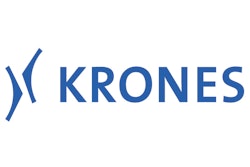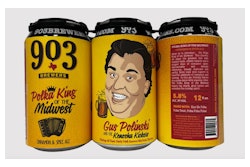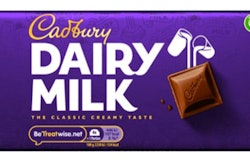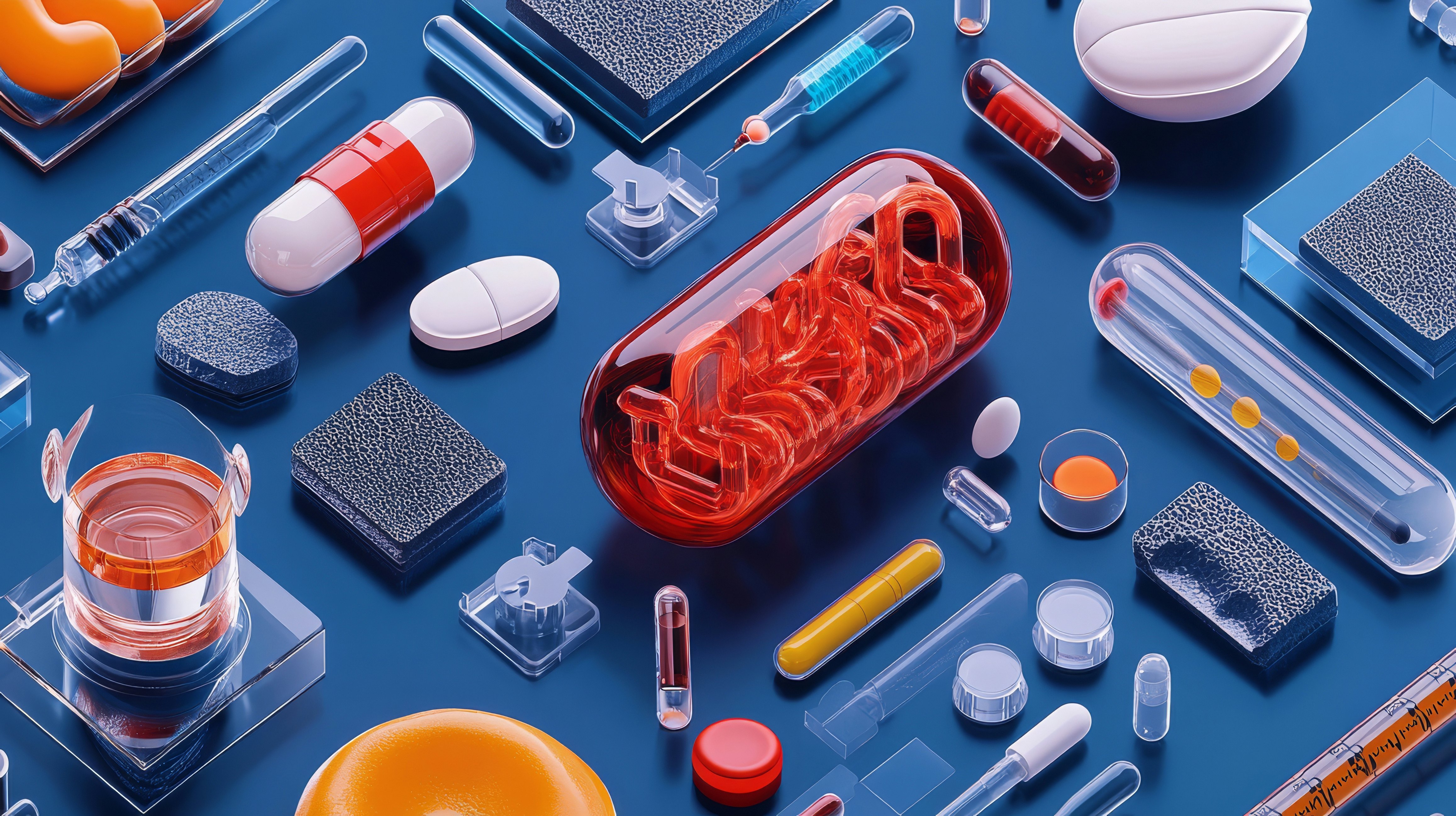With the European summer of 2003 as hot as any in recent memory, Feldschloesschen Brewery of Braunschweig, Germany, was anticipating sizable growth in beer sales. High-volume discounters looked especially promising. These chains—with names like Aldi, Rewe, and Plus—sell 16% of all packaged beer in Germany, and Feldschloesschen in the recent past has been successful with canned beer sold through these discounters.
But Feldschloesschen’s dreams of increased can sales were rudely interrupted by the German government. Because it was determined in late 2002 that fewer than 72% of beer, soft drinks, and mineral waters sold in Germany were packaged in refillable containers, the German government enacted in January of 2003 a mandatory deposit of 0.25 EUR (US $0.32) on every nonrefillable beer, soft drink, or mineral water container in the marketplace. By the end of the month, consumers were dutifully returning their cans and bottles to retail stores to get their deposits back. As these retailers suddenly found themselves having to deal with thousands of dripping, unsanitary beer cans formerly collected at the consumer’s curbside, they stopped carrying canned beer altogether. This was bad news indeed for Feldschloesschen.
“Sales of beer in cans went down nearly 80% in Germany,” says Feldschloesschen director Klaus Schuberth. “We had a big capacity for cans, and we were hit hard.”
So Feldschloesschen and parent company Holsten Brewery AG invested 7 million EUR (US $9 million) in a shiny new turnkey line from Krones that is built for blowing and in-line filling of 500-mL nonrefillable multilayer barrier PET bottles. Brown preforms weighing 28g are supplied chiefly by Amcor PET Packaging. Retailers prefer the PET beer bottles over nonrefillable glass and cans because, as long as consumers put the threaded closure back on, the bottles are more sanitary. Added advantages over glass include light weight and shatter resistance. On top of all that, the recyclability of PET is thoroughly proven and well established.
Having decided that a PET bottle was the future for nonrefillable beer containers, Holsten still had to make a decision about what kind of barrier component the bottle should have.
‘A lot of testing’
“We did a lot of testing, including coatings, and at the end we felt that the multilayer barrier solution was the best way to keep oxygen out and CO2 in,” says Schuberth. “After six months, the beer in these bottles is as good as it was on day one.”
The brewery is reluctant to compare container costs, but senior marketing manager Ruth Ann Church at Amcor says that “on a system basis, which includes such things as transport, energy consumption, and capital investment, the cost of the multilayer PET is comparable to that of cans commonly used in Europe.” Church also says Feldschloesschen is pleased with the profit margin that comes with the new bottles, which sell for about 0.30 EUR (US $0.39) per 500-mL bottle.
The fact that Holsten already had three years’ experience filling a relatively limited number of multilayer PET bottles blown by Amcor predisposed the firm to this kind of container instead of a monolayer PET bottle with a barrier coating. There were also cost considerations that had to be weighed as the firm sifted through the various barrier technologies that are available.
“We felt a blowing and coating operation might cost five million euros more than a blow-molding line,” says Schuberth. He acknowledges that other brewers in the German market have chosen blowing and coating over a multilayer solution (see story on page 35), but he chalks it up to a simple difference in philosophy. “Their technicians believe in one technology, ours believe in another,” he says.
Installed in the middle of last year, Feldschloesschen’s new line currently operates at a nominal speed of 36ꯠ bph. It’s also operating at full capacity three shifts daily, a condition that has convinced parent company Holsten to put two similar blow/fill lines in other German breweries, one in Hamburg and one in Lich.
Most of Feldschloesschen’s current output in plastic bottles is sold through high-volume discounters like Rewe and Plus. For each of these customers, Feldschloesschen provides an identical bottle except for the logo molded into the shoulder of each bottle. The logo tells store personnel if they should accept or reject a bottle when it’s returned by the consumer for a deposit refund. Since each retailer has to pay a recycler to collect returned bottles, that retailer wants to make sure he’s only accepting bottles that were purchased in one of his stores. The logo molded into the shoulder of the bottle makes this possible.
When it’s time to change from one retailer’s bottle to another’s, the shoulder portion of each blow mold must be changed. This takes about five hours.
Brown preforms
The 28-g preforms supplied by Amcor PET Packaging are produced at that firm’s Brecht, Belgium, facility. The three-layer brown preforms have inner and outer layers of PET. The center layer is a nylon compound that includes Amcor’s Bind-Ox multilayer active barrier technology. Bind-Ox technology is “active” in the sense that it doesn’t merely impede oxygen penetration but rather traps oxygen and binds it into the bottle wall, says Amcor.
An eight-footed base on the bottle gives it good stability during filling and on the store shelf. Oxygen-scavenging 38-mm closures, injection-molded of polypropylene, are supplied by Bericap.
Amcor is also working on a monolayer PET preform for a beer mix product that Holsten is still developing. Both Holsten and Amcor believe that their partnership is a sign that beer in PET has enormous potential. Holsten also reports that the latest market feedback, together with its own research, has concluded that PET for beer will be accepted among consumers of all age groups.
That’s not to say Feldschloesschen has ceased putting beer in refillable glass bottles. As recently as 1998 the firm installed a refillable-glass line supplied by Krones, and its experience with that line played a key role in the choice of Krones for the PET line. Wolf Gabriel, the director of the Braunschweig brewery, is pleased with how quickly the PET line was installed.
“Krones worked extremely fast,” says Gabriel. “All in all it was a trouble-free commissioning process, even though the technology was new for us and the line is not exactly a small one.”
Bottles are produced on a Krones Contiform S24 blow-molding machine. Air conveyors take the bottles directly to a 104-nozzle Krones Mecafill VKP-PET filler that’s synchronized with a 26-station capper.
“We don’t feel an upstream rinser is necessary,” says Gabriel. “The preform is heated to 115°C in the blow molder, and the finished bottle only travels a short distance, all of it in the air conveyor and all of it surrounded by filtered air. Once in the filler, thanks to carbon dioxide preflushing, oxygen pickup in the beer is avoided. In fact, it’s practically undetectable.”
Bottles are held by their neck rings throughout filling and during starwheel transfer to the capping unit. Application of a full-wrap metallized polypropylene label is next. It’s performed by a Krones Contiroll hot-glue labeler.
Multipacking is done on a Krones Variopac packer. “It lets us produce 18- or 24-count corrugated trays of loose bottles or multipacked bottles in shrink film,” says Gabriel.
Palletizing is done by a Robot 3A system from Krones. The last station in the highly automated line is a Krones stretch wrapper. Just three operators, says Gabriel, are required: one watches over blow molding, one oversees filling, and one is responsible for secondary packaging.
Extensive remodeling to the Braunschweig facility was required before the new line could be installed. The first machines arrived June 11, and filling trials were under way by July 7. By August, bottles were on store shelves. And by December, when Packaging World visited the Braunschweig plant, the line was humming.
When asked if this bold move into blowing and in-line filling of plastic beer bottles represented a risk, Schuberth readily concurs. “There was plenty of risk when we ordered the equipment last February or March,” he says. “But our willingness to take a risk has paid off.”
Even though the legitimacy of Germany’s mandatory deposit legislation is being challenged by the EU and any number of other stakeholders who see it as an illegal and unfair barrier to trade, Holsten’s plans for beer in nonrefillable PET bottles are firm. As Chairman Andreas Rost puts it, “Our new line makes Holsten a first mover. PET is no longer just a beer package for niche segments.”




























